Going back to basics in photography – using just a light-tight box, a single lens, and a mechanical shutter and winder – is often framed as a return to simplicity, even if it immensely complicates the actual process of taking a picture. I guess simplicity refers in this case not only to the equipment, but also to a sort of purity of experience. Seeking more engagement with the process than an autofocus SLR or compact can provide, and even perhaps aiming for something of a meditative state, a photographer might first choose a metered manual focus camera, perhaps setting exposure guided by a match needle in the viewfinder. What then is the appeal of paring this back still further – of using a mechanical camera with no light meter? Perhaps it promises the best of both worlds. Bringing the subject into focus, capturing a singular moment in time on film, the ripple of gentle clicks as the roll is advanced – a tactile involvement and intimate connection with each stage of the process is ever-present. The exposure is set by skill and judgment (instinct?) and is involving too, but is soon forgotten about, and the photographer is unburdened with any need to fuss over settings for each shot – in much the same way as if using a point and shoot.
Anyway, for anyone wishing to go the whole hog and connect with stripped-back ‘mechanical’ photography, but looking for relatively modern (in vintage terms) gear, the options are limited. Most SLRs from the 1980s onwards have electronic shutters, but there are a few exceptions that have mechanical ones – the Chinon CM-4, Cosina CT-1A, Vivitar V3000s, Olympus OM-2000, for example, and the Konica TC-X.
The Konica TC-X, launched in 1985, is notable both for being first all-plastic SLR and the first camera to use DX coding to set the film speed. My copy was bought for £10 (without a functioning light meter). The shutter speed dial feels less than reassuring but works fine. The wind-on lever and shutter release button are perfect though, and, overall, it’s a nicely compact design that has a distinctive look. For my foray into the ‘Zen’ of mechanical photography, a prime lens seemed appropriate, and I picked up a Sigma Mini-Wide II 28mm f/2.8 Macro lens (also launched in 1985) to go with it. Long-serving Sigma engineer Yasuhiro Ohsone gives an interesting account of the history of this and similar lenses here Ohsone’s Anecdotes.
The Mini-Wide II has a substantial feel, and its dimensions mean the focus ring is located at the perfect distance from the camera body for comfortable use. The ergonomics work, and if this type of photography is about anything, it’s surely about being at ease.
The Sunny 16 rule, whereby the aperture is set according to incident light levels, and the shutter speed set approximately at the ISO of the film, are explained in many helpful articles elsewhere on the web. My takeaway from them is, in UK terms:
f/11 – a scorcher
f/8 – a nice day
f/5.6 – a normal day
f/4 – a miserable day
I loaded up a roll of Agfa APX 100, and, seeking contrast, decided to push it one stop, estimating exposures as if it were rated at ISO 200.
Of the five frames, the first pair illustrate some attempt to fully utilise the 28mm focal length by including foreground detail.
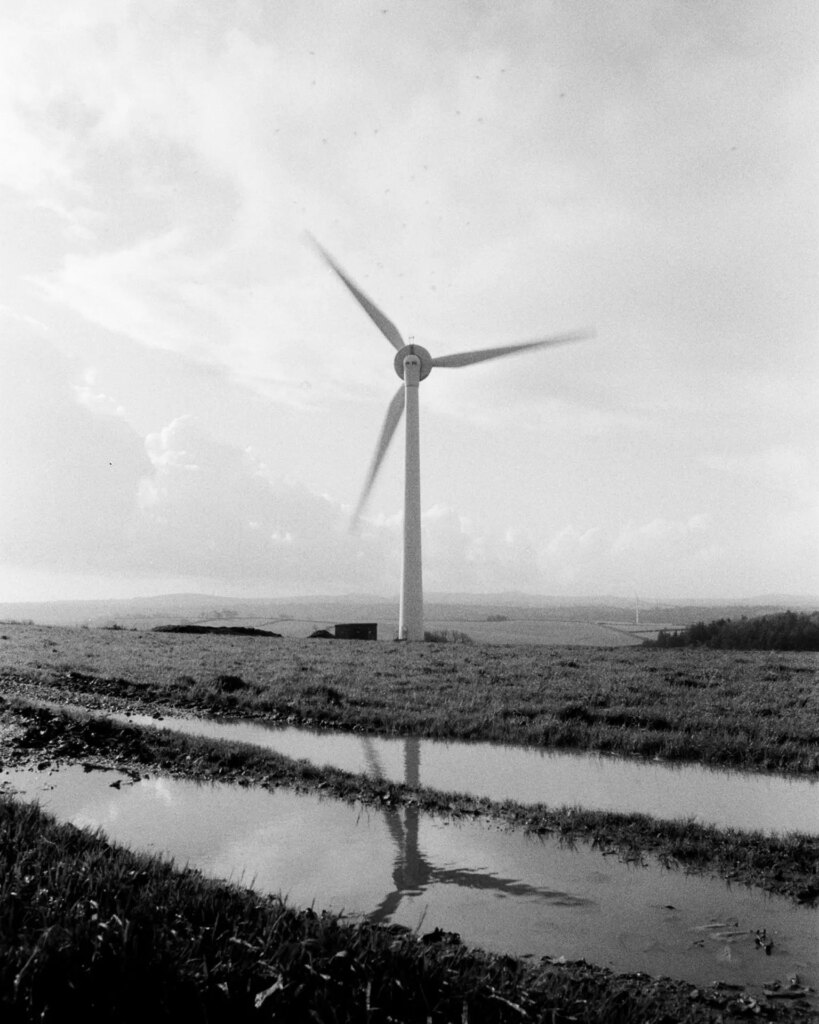
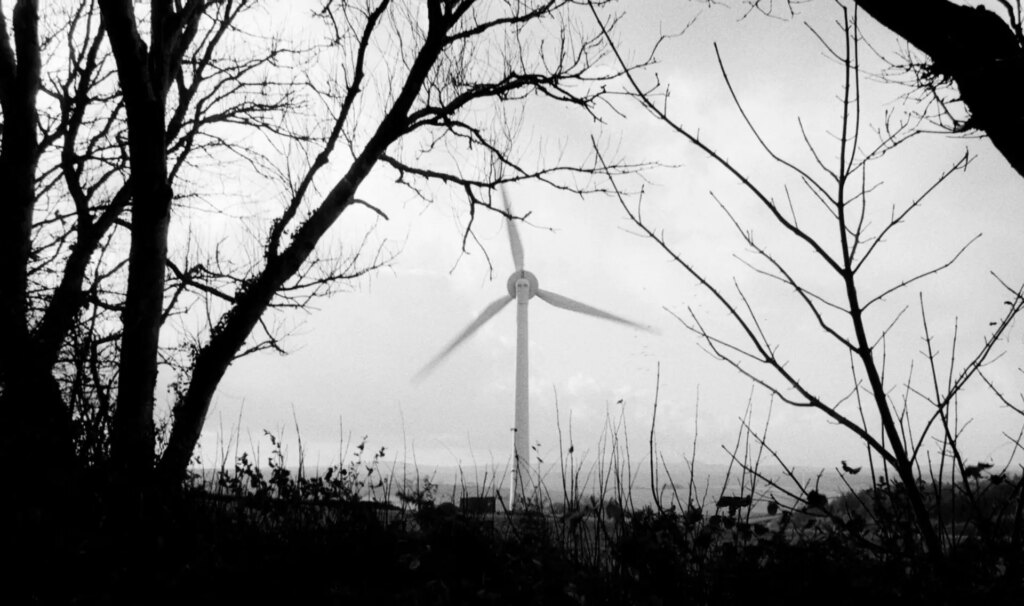
Exposure is a tad erratic in the second pair. Still, serendipity and unpredictability would figure quite highly in my ‘Why film photography?’ list, and I quite like the fact that the photos would likely not have come out quite the same had they been properly metered.
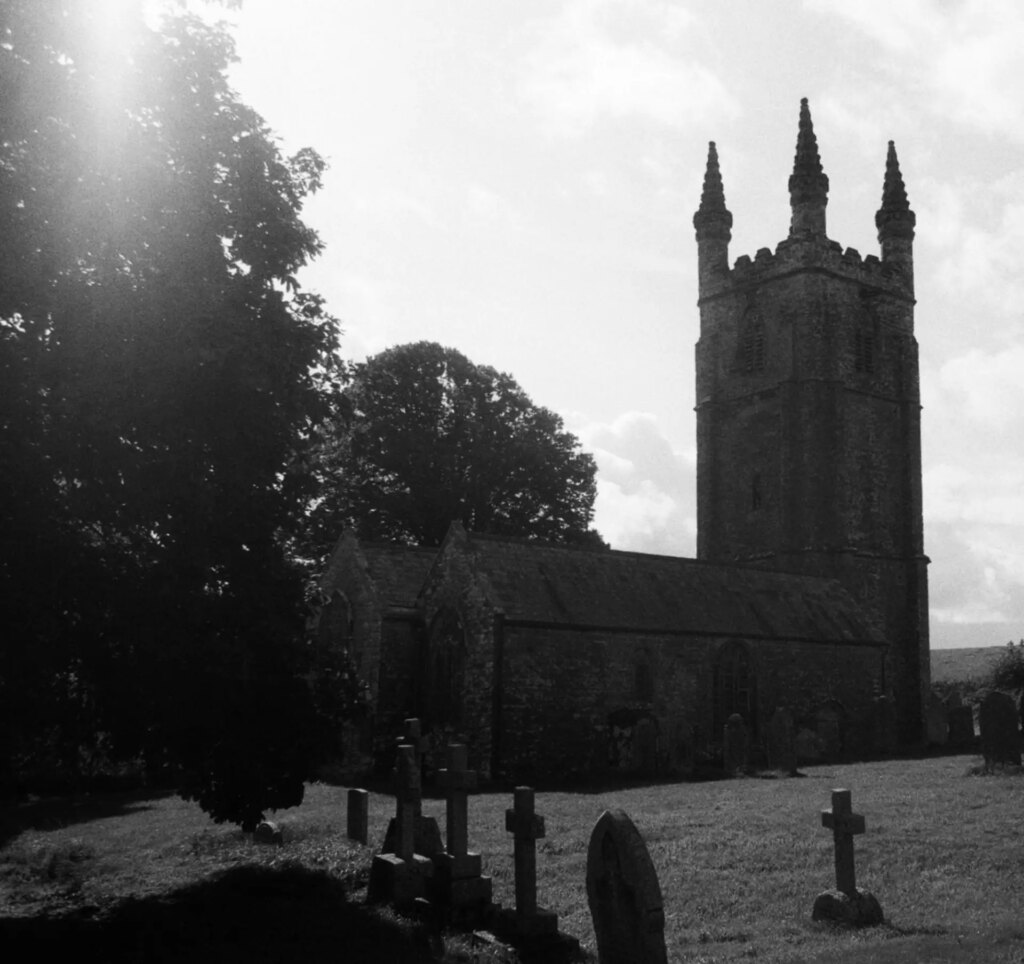
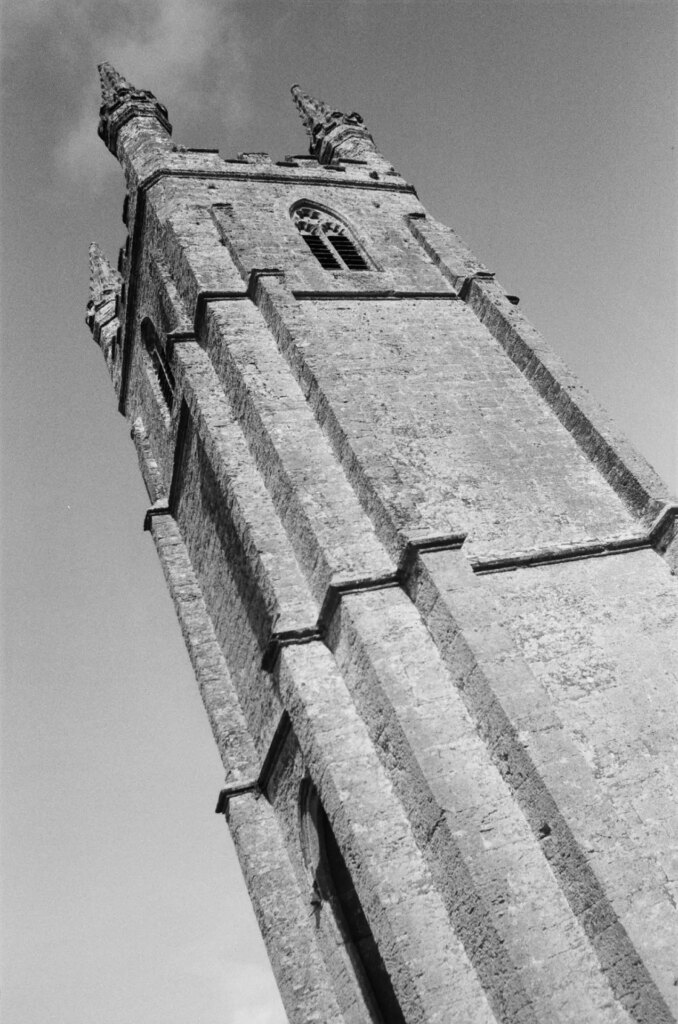
I think the pushed film lends a pleasing graininess to the photos. The wide field of view did take a little getting used to (the first three frames have benefitted from some cropping), while the macro feature of the lens provided the impetus to take a few close-up nature shots, like the one below.

A stuttering start, maybe – but enough to convince me it would be worth another go nonetheless. I imagine Ilford XP2 Super could be quite forgiving of my relaxed approach to exposure setting, and I’d probably replace the prime lens with a 28-70mm zoom; the path to true photographic mindfulness surely begins by not making things too difficult for yourself.
Share this post:
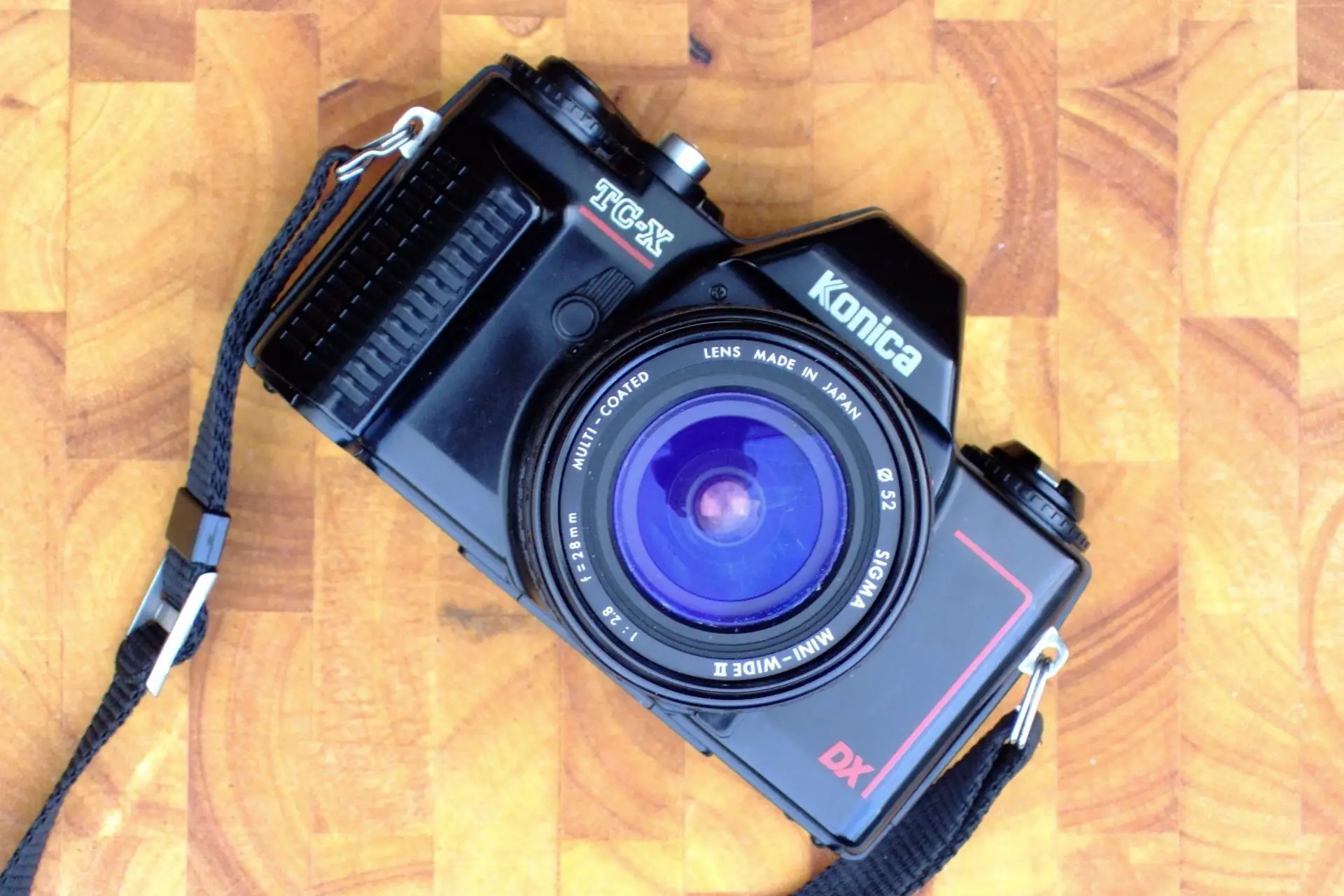
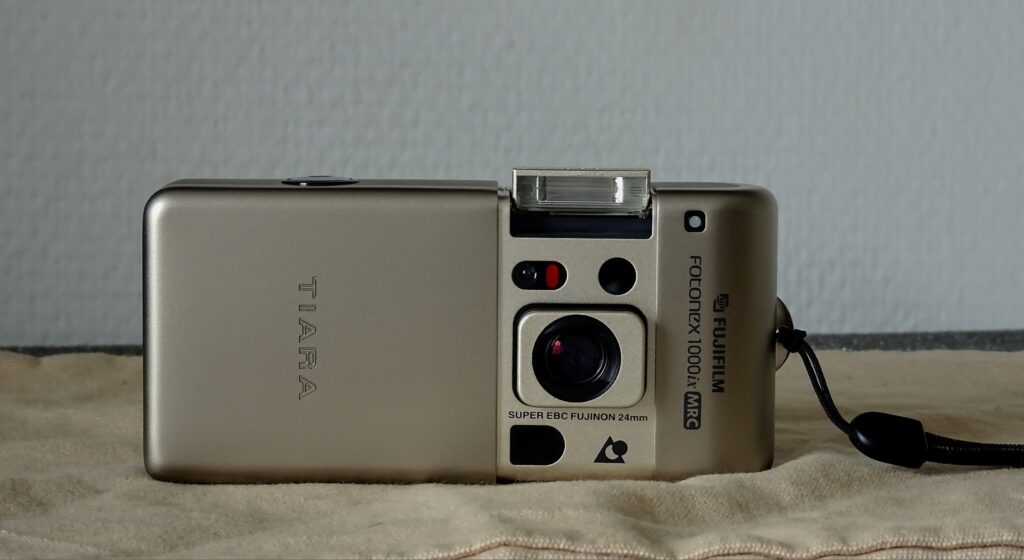

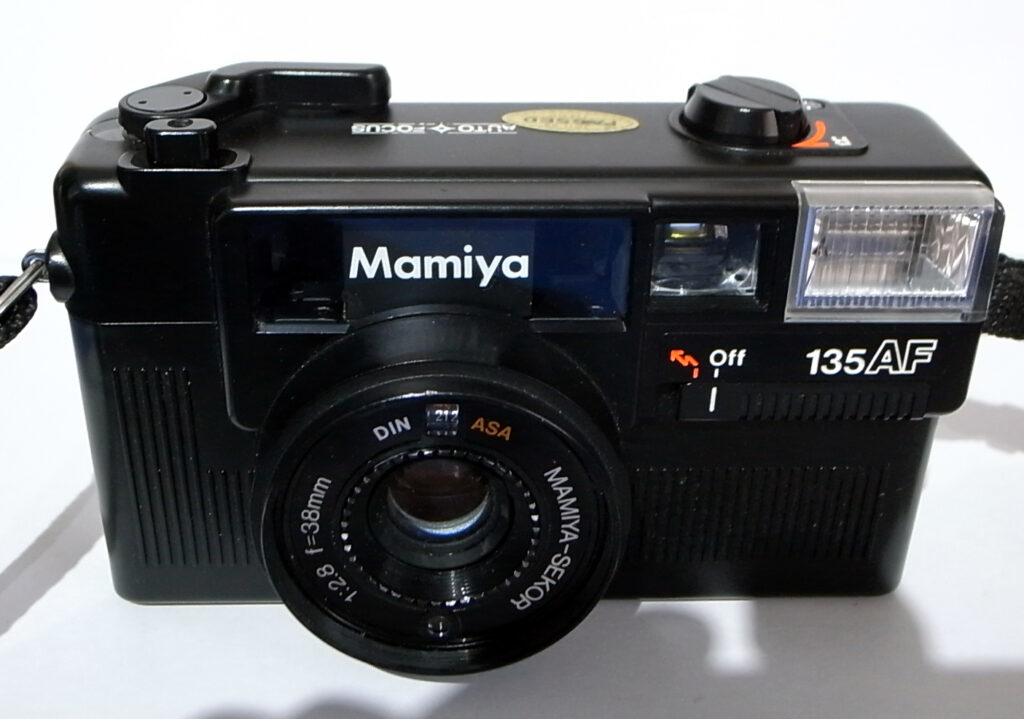
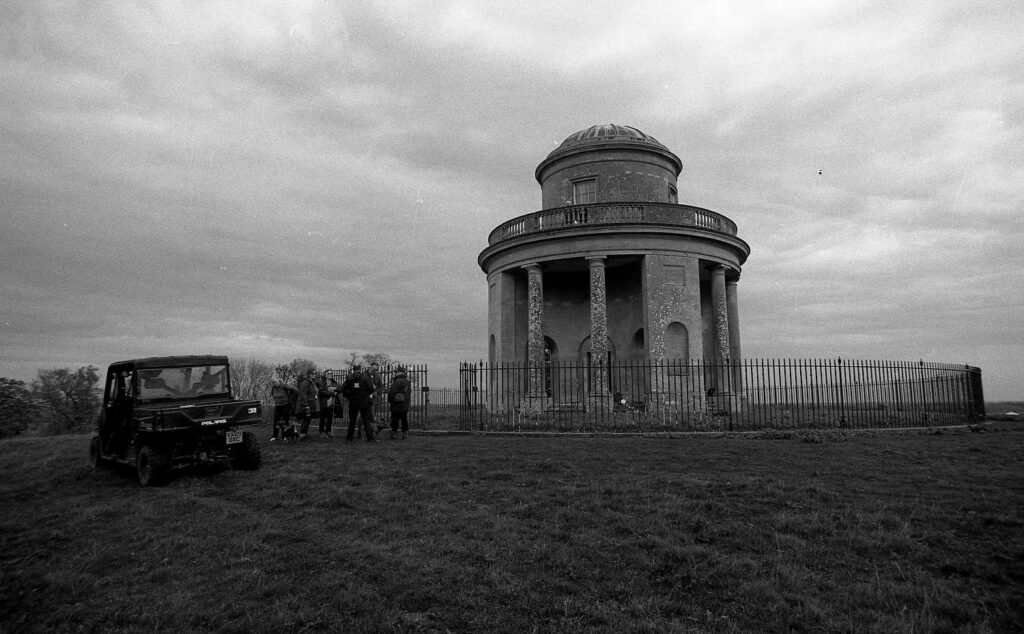




Comments
Bob Janes on 5 Frames Simply Taken with a Konica TC-X and Sigma Mini-Wide II 28mm lens (No Batteries Required) – By Iain Paterson
Comment posted: 24/01/2023
Comment posted: 24/01/2023
Howard Dale on 5 Frames Simply Taken with a Konica TC-X and Sigma Mini-Wide II 28mm lens (No Batteries Required) – By Iain Paterson
Comment posted: 25/01/2023
Comment posted: 25/01/2023
Comment posted: 25/01/2023
Comment posted: 25/01/2023